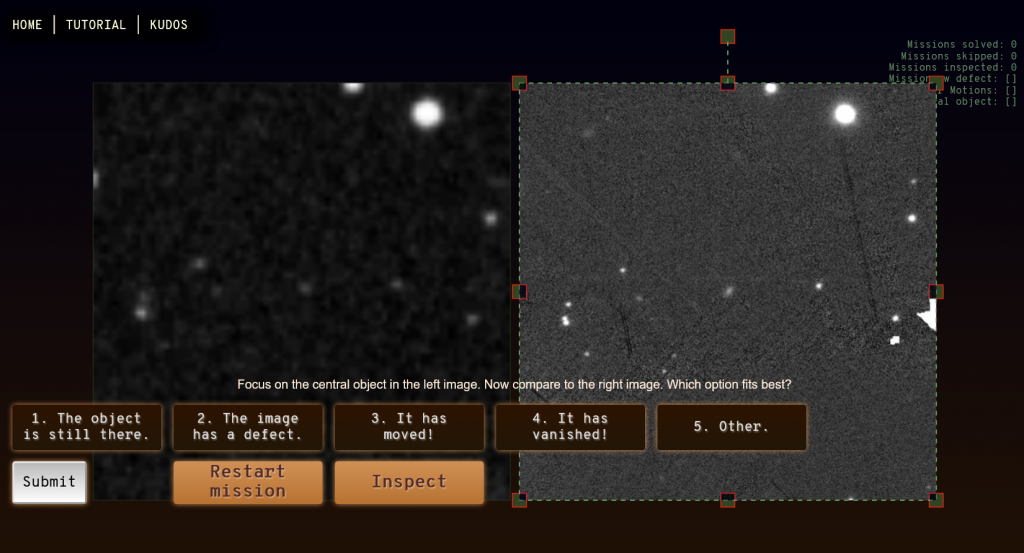An astronomy citizen science project trained students to classify images as part of a SETI (Search for Extra-Terrestrial Intelligence) program. The aim was to address students’ lack of academic engagement during school and university closures as a result of the COVID-19 pandemic. The objective of the citizen science project is the search for extraterrestrial intelligence […]
Category Archives: Sub-Saharan Africa
As all education moved online due to COVID, a number of initiatives came up to support students. Tutors however were not always priority recipients for support. This project used the OAD grant to pay for data bundles and tutors time. This additional support made a big difference to the lecturers, the tutors, and most importantly, […]
The Pan-African School for Emerging Astronomers (PASEA) formally known as West African International Summer School for Young Astronomers (WAISSYA) has remained one of the flagship projects of the West African Regional Office of Astronomy for Development (WAROAD), since the first edition was initiated in year 2013. The school is primarily designed as an innovative short-course […]
OruMbya (Orum, sky in Yorubá, and Mbya, a Brazilian Guarani ethnicity) is a pilot project to celebrate Astronomy as the fuel of life, in which the stories of the stars are preserved in the resilience of people from three different continents and shared over months, through scientific-cultural activities focused on the dissemination of knowledge, promotion […]
Our project idea is to open Astronomy Clubs (one in a university, one in a secondary school and one in a primary school) for quality education and gender equality, and to distribute thirty telescopes in schools across the republic ( ten in ten state Universities, ten in ten secondary schools, seven in seven primary schools […]

